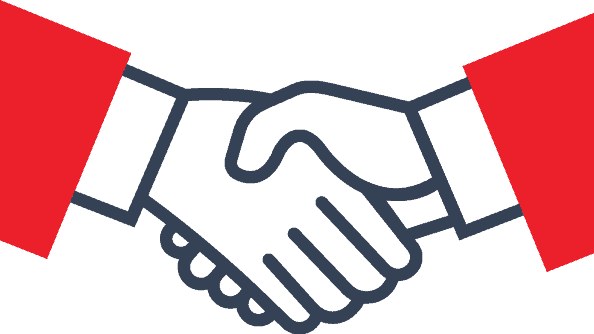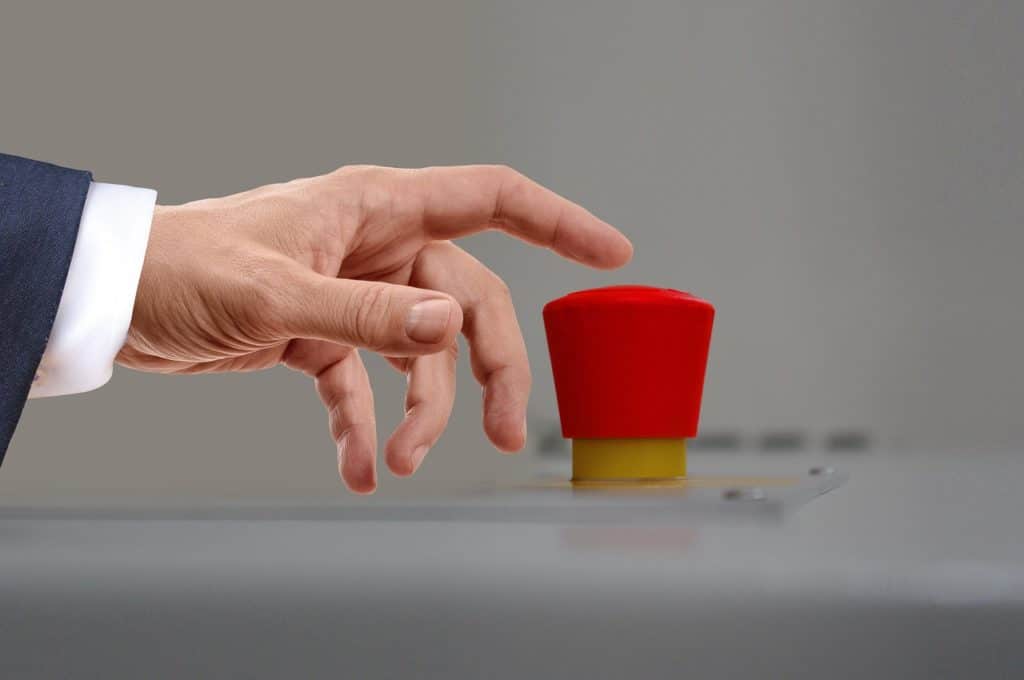The worlds of psychology and marketing are more aligned than most people realize. Marketing taps into the natural psychological triggers humans have and uses those to build brand awareness and drive more sales.
Using psychology to get your buyer interested in your product is compelling. Consumers appreciate it because they get the answer to most important question when making a buying decision – “what’s in it for me?”
Here are a few ways you can use psychology to drive more sales and improve your marketing.
1. Scarcity
Limited time offers and limited supplies aren’t anything new to the marketing world. In fact, they continue to be used by companies large and small to tap into the scarcity psychological trigger.
Scarcity refers to any type of limitation placed on a sale. It instantly instills a sense of urgency in the buyer, causing them to act faster and with less consideration than they would otherwise. It works because people naturally don’t want to lose out on anything. They’d rather buy something in a haste than risk losing a great opportunity.
One website that does this well is eBay. There are few items sold on eBay available in mass quantity. Most of the time, you’ll see “limited quantity available” or have a limited amount of time to make your bid.
2. Reciprocity
Too often, businesses push, push, push trying to shove their message down the throats of customers. Studies have shown this is ineffective. Giving something away first is one of the best ways to get business.
The rule of reciprocity says that people feel obligated to give back to someone who has given to them.
Here’s proof. In one study by BYU sociologist Phillip Kunz, he tested the theory of reciprocity by sending Christmas cards to 600 strangers. He wanted to see if anyone would feel obligated to send one in return, even though they didn’t know the person. A third of the recipients did. He received 200 Christmas cards in the mail.
To your customers you might still be a stranger. But give them something as simple as a Christmas card type gift and you will start seeing the return.
3. Choice Architecture
The way you present available choices to your buyer matters quite a bit. Instead of pricing low to high, or listing your price haphazardly, structure it in a way that’ll appeal to your buyer’s psychological mindset.
One company that does this exceptionally well is Hotels.com. By structuring their price in a strategic way, they were able to get me to happily pay 19% more than I had planned.
4. Anchoring
When someone sees your ad or website for the first time, what’s their impression? What images and text pop into their line of sight first?
First impressions are almost impossible to shake. Once a customer forms a first impression about you, every decision they make about buying from your brand is based on that initial experience. This is known as the anchor experience.
According to Wikipedia:
“Once an anchor is set, other judgments are made by adjusting away from that anchor and there is a bias toward interpreting other information around the anchor. For example, the initial price offered for a used car sets the standard for the rest of the negotiations.”
Map your buyer’s journey and then decide where you want their experience with you to be anchored. Form your marketing campaign to match that stage of the buying cycle and let the rest unfold naturally.
5. Harness Your Customer’s Alter Ego
Alter egos are born out of what people believe the rest of the world expects of them. For example, Beyonce’s well known alter ego is Sasha Fierce. She knows the world expects her to come on stage and dominate her performance, so she pulls out Sasha Fierce to pump her up and help her adopt that role.
Your customers have alter egos too, whether they realize it or not. It might be the charitable alter ego that wants to have the world see her as a do-gooder. It might be the manly alter ego that makes men feel more masculine.
One company that does this well is Old Spice. Check out their ads to teach you how to “smell like a man, man.”
Knowing these alter egos allows you to speak to the person your customer wants to become. If your product will allow your audience to live up to those expectations, you’re more likely to turn them into a buyer.
6. A Bigger Purpose
Almost every person wants to achieve something bigger than himself. People like feeling good about their purchases knowing they did something to help someone else. Whether it’s running for a political office or donating to a social organization, serving a bigger purpose is powerful.
Kiva.org does this well by encouraging its customers to “empower people” by giving a $25 loan.
(Source)
Tap into this power by giving your audience a reason to buy from you. Are you socially responsible? Will buying your product impact someone else’s life for the better? Show it in your advertising.
7. Bandwagon Mentality
As much as the world loves to hate conformity, it happens. People take social cues from their friends and those they follow on social media to determine how to react to certain products or buying decisions.
As a marketer, you can tap into this bandwagon mentality by using social proof in your marketing.
- Get testimonials from past customers.
- Offer case studies to show the results other people had with your product.
- Use videos to share your customer stories.
The Rainmaker Platform does a good job of highlighting their customer’s experiences with their platform in their own words.
(Source)
8. Facial Cues
A picture tells a thousand words. It’s a cliche statement but it’s true.
Images are often used in marketing to showcase products, but what about the models? Surprisingly, models facial expressions play a major role in what a person thinks about your product. It conveys emotion. It shows the experience your customer will have when buying from you.
The beauty industry does an exceptional job at this. Here’s an example from Covergirl.
(Source)
Don’t be afraid to focus on a model’s face in your marketing. It could have a longer last impact on your buyers.
Quick Recap
By tapping into the mindset of your buyer and using psychological triggers to ease the purchase decision, you boost sale and your brand image. Use these to win the hearts and money of your target market.
































